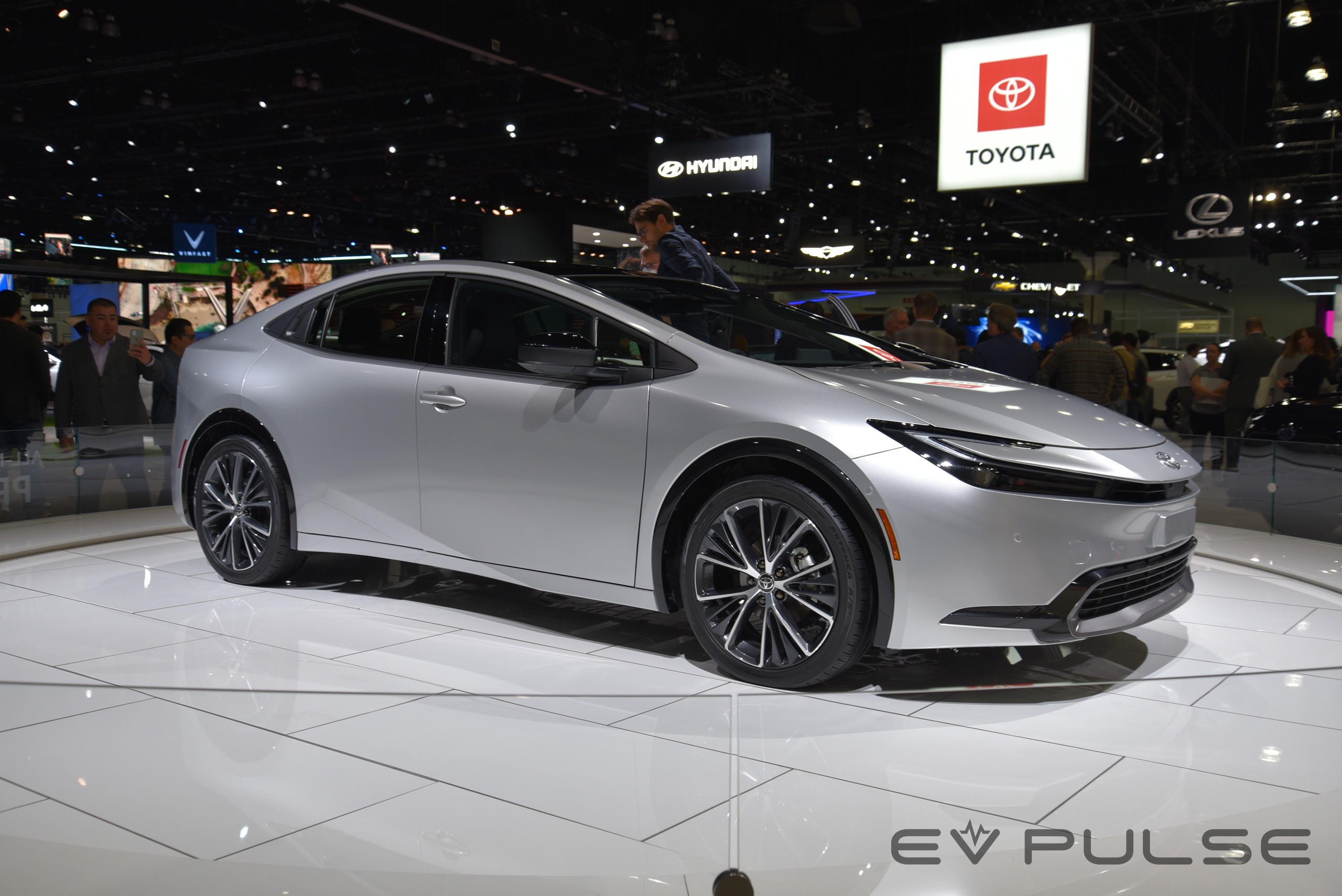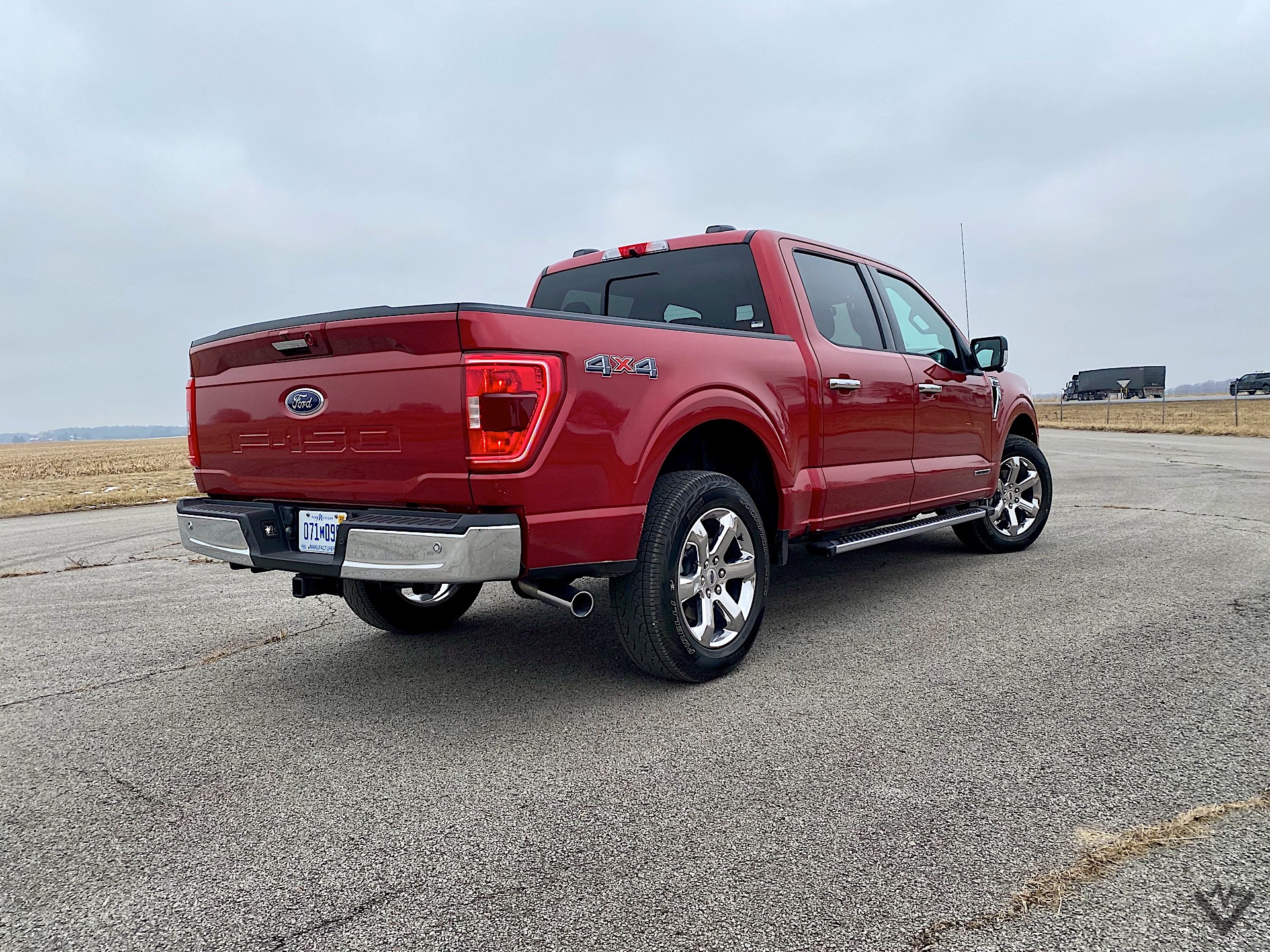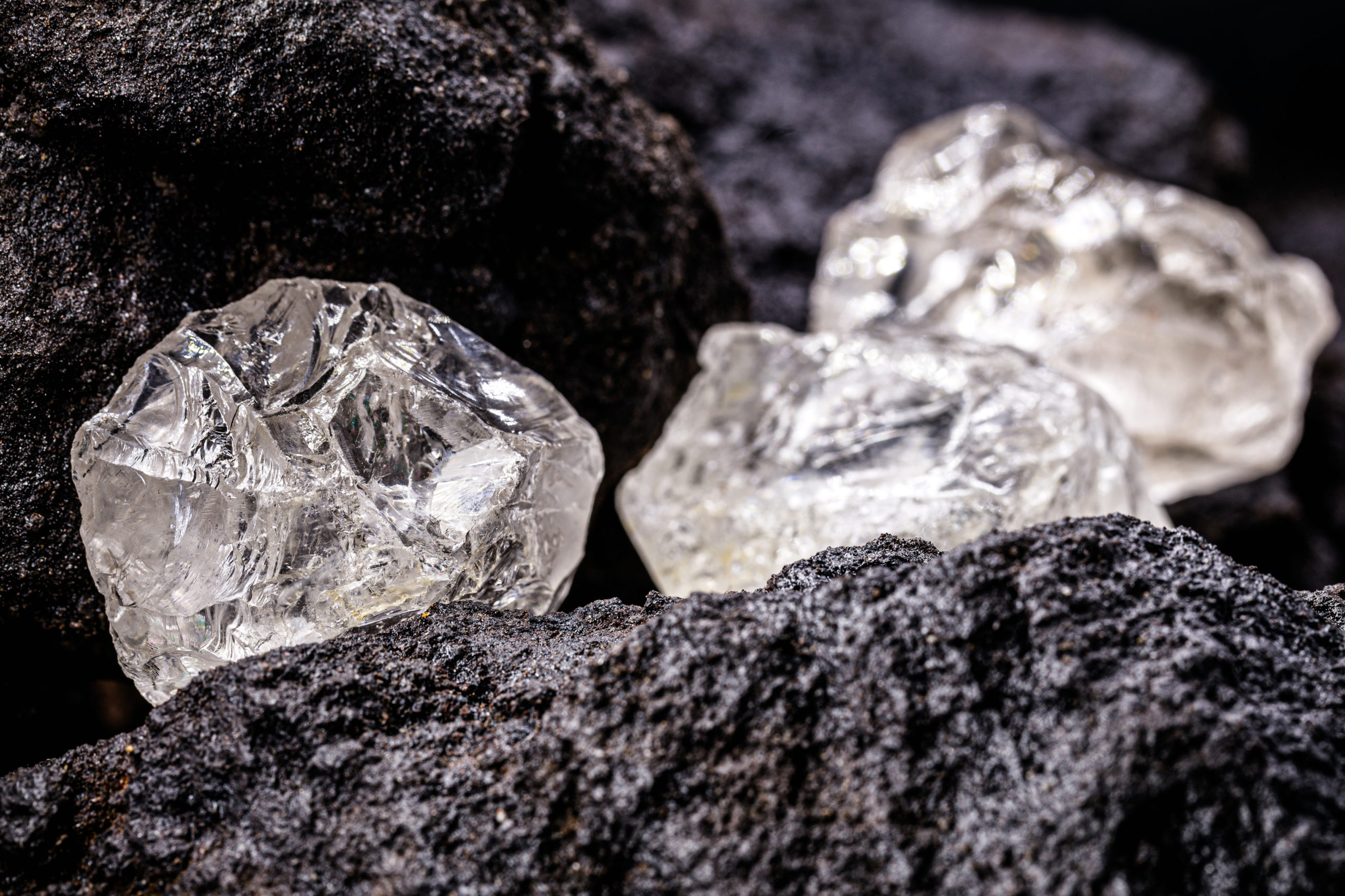Toyota receives a lot of criticism regarding its EV strategy. Mainly, people accuse Toyota of simply not having one. We’ve been critical of them, too. The rest of the automotive industry in Korea, Europe, China, and the United States are racing toward EV development, while Toyota is methodically slow.
The company has its reasons. “We are fighting carbon,” says Jason Keller, Director, Dealer Policy, Government Affairs at Toyota. “We’re not building BEVs just to build BEVs.”
Keller and his colleague Rick Gezelle, Senior Principal Engineer, Regulatory Affairs are answering questions at a private Q&A session ahead of the D.C. Auto Show.

“We can make a bunch bigger impact building hybrid and plug-in hybrids than full EVs.”
It’s not that Toyota doesn’t have an EV. The bZ4X debuted last year and is a reasonably competent EV. The launch was muddied by a stop sale involving the literal wheels falling off the car, but the problem is resolved and cars are arriving at dealerships.
Building a 300 mile EV is resource intensive.
“Picture a wheelbarrow full of 500 pounds of precious material,” Keller tells us, “now that one wheelbarrow can produce one 300 mile BEV. Or, we can produce six Prius Primes or RAV Primes. Which can go 40 to 50 miles on all EV, which is more than most people drive today.”
“Or,” he continues, “we can build 90 Priuses.”
(Editor’s note: In the photo gallery below, you can see the differences in fleet average emissions based on no electrified vehicle, one 100 kWh BEV, six 18 kWh PHEVs, and ninety 1.1 kWh hybrids.)
This it Toyota’s ultimate message. The company isn’t trying to build BEVs for the sake of building BEVs, but is looking at all the different ways to reduce carbon.
In some cases, that’s a BEV. In other cases, it might be a hydrogen-powered vehicle. In yet others, it might be a traditional hybrid.
In the words of Mister Spock, “Logical.”

I do, of course, have questions. Yes, if you can convince a Tundra buyer to purchase a Prius, you’ll be reducing a significant amount of carbon. But how many pickup truck buyers are going to the Prius?

What’s unfortunate is the Tundra hybrid isn’t all that efficient when the Ford F-150 PowerBoost hybrid is so good. Gains in pickup truck fuel economy have a larger net effect on the whole industry, because so many pickup trucks are sold compared to Prius.
While it is also true that most people only drive 40 or so odd miles a day, American consumers generally believe that they might, at any time, be called on to be the Transporter and have to deliver precious cargo across the country in record time. It’s part of the reason why BEVs that are going on sale are targeting a 300 mile range number, even if it is not necessary and more resource intensive.
I do agree that hydrogen will have a place in the future, especially in heavy duty pickups and the like. I do also believe that eventually the petrol-powered engine will be banned completely (though likely not in my lifetime). But this resource allocation discussion is an interesting one.
Everyone, not just automakers, is trying to secure as much of a supply of precious materials needed to make batteries. It is projected that, to meet the BEV production in 2035, 300 new mines will have to come online. Those take time.
Of the precious materials, lithium is the most concerning. Demand is expected to outpace supply by 2030.
That’s why automakers are trying to source as much lithium as they can, in some cases going straight to the source and buying up the mines.

If you’re an EV-only automaker, like Tesla, being able to make big batteries is important. If you can’t build cars, you can’t sell cars. As more automakers lean on BEVs, more of the sales performance will depend on access to batteries.
Toyota’s patience might pay off in the short term. If the company has the same access to materials as a BEV-only company, Toyota will be able to produce a more significant amount of new vehicles. That ensures showrooms are full of fuel efficient, but maybe not fully electric, cars when competitors can’t keep up.
Technology is rapidly evolving, including what is required to make a battery. Fewer precious minerals needed to make a battery helps reduce the pressure on the supply chain. Heck, the tech might evolve fast enough that there ultimately isn’t a lithium crunch at all.
Toyota has a plan. Is it the right one? I honestly don’t know. Only time will tell. Competitors are iterating quite quickly in EV development, and 2023 is going to be a year where more family-focused EVs hit the market.
But a shortage of precious materials combined with a segment of the population that can’t charge at home — even though companies are working on solving that problem — Toyota might end up being right.
We’ll see.

